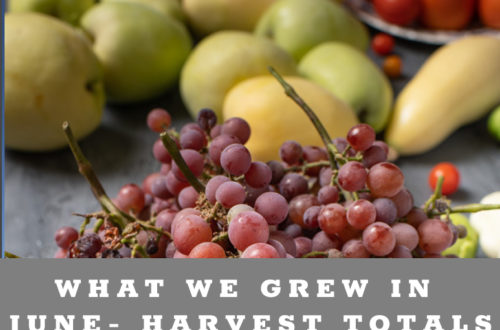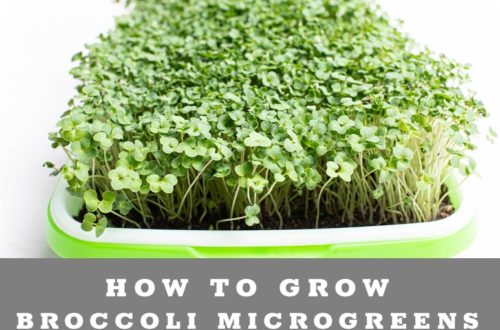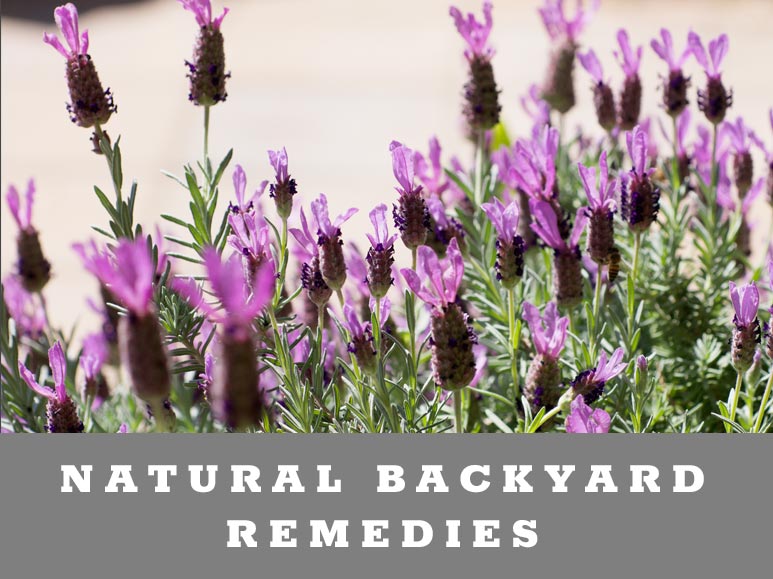
Medicinal Plants in Your Backyard
One of the best parts about gardening is getting closer to nature. Not only do you learn about what plants you can grow in your garden, but you also start to notice the plants and weeds that grow in your area. A wise friend of mine once told me that a weed is just a plant in the wrong place. There are a variety of “weeds” that are useful in your kitchen as well as your medicine cabinet. Do you want to learn how to identify medicinal plants in your backyard?
My posts may contain affiliate links. If you purchase something from one of our links we may earn a small commission, doesn’t cost you any more but helps us to bring you more great tips, recipes and garden ideas. Also, as an Amazon Associate, I earn from qualifying purchases.
It doesn’t matter what part of the world, country, or state you live in. Some of these plants grow regionally, and others can be found all across the country.

Our favorite Backyard Remedies
Here are some of my favorites weeds to look for in my yard and when out exploring in other parts of the state.
Horsetail is a great beauty remedy. I love using a horsetail tea on my hair to improve strength and hair growth.
- kidney and bladder stones,
- urinary tract infections
- improve skin
- hair
- bone health
Lavender is a great way to ease your anxiety and lower stress.
- antiseptic and anti-inflammatory
- heal minor burns and bug bites
- treating anxiety, insomnia, depression, and restlessness.
Moringa is a natural superfood and one you do not want to miss growing if you can. It contains:
- proteins
- vitamins
- minerals
- antioxidants
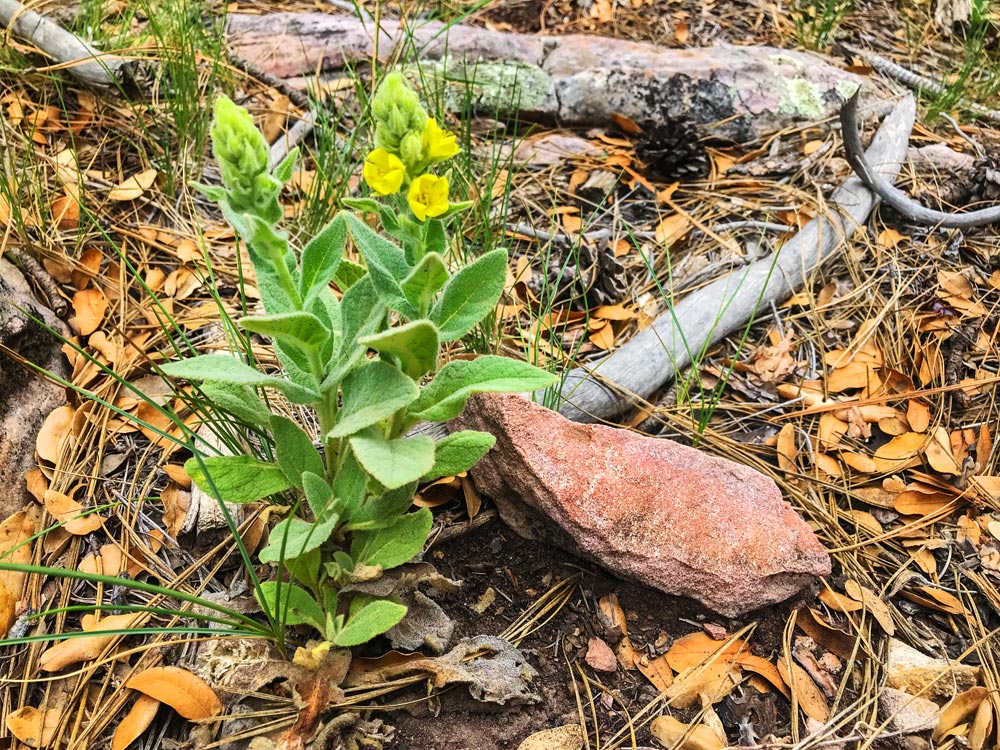
Mullein is used to treat respiratory and viral infections as well as for treating:
- cough
- whooping cough
- tuberculosis
- bronchitis
- hoarseness
- pneumonia
- earaches
- colds
- chills
- flu
- fever
- allergies
- sore throat
Plantain is good natural remedy for:
- coughs
- wounds
- inflamed skin or dermatitis,
- insect bites. (Including bees & mosquitos, very helpful when we go camping)
Cottonwood bud oil is used to relieve aches and pains by massaging the oil or salve into the affected area 3x/day.
- relieving pain and inflammation in swollen joints,
- relieving carpal tunnel
- relaxing muscles
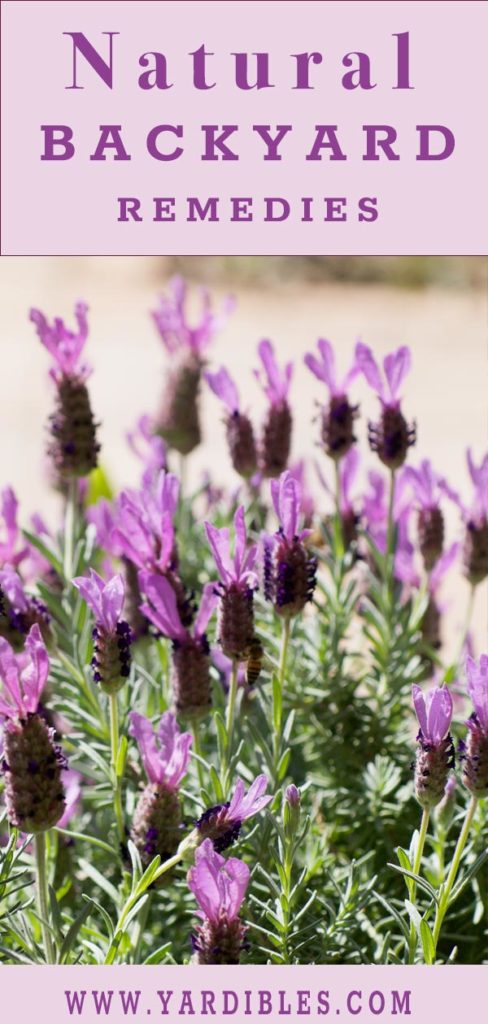
Edible vs Deadly Plants
One thing to keep in mind when using wild plants for food and medicine. Make sure to do your research and know 100% how to identify the plants. There are lots of look-alikes, one can help you heal, the other may try to kill you or at the least make you very sick.
For instance, here is a list of some of the plants to be cautious about and make sure you know how to identify the safe one with 100% certainty:
- Wild Parsnip and Wild Carrot (Queen Ann’s Lace) VS Poison Hemlock
- Elderberry Vs Water Hemlock
- Deadly Nightshade vs. Black Nightshade
Some common plants that you should be careful of here in Arizona include:
- Oleander (Poisonous, watch your pets & children)
- Jimsonweed (aka Devil’s Trumpet, Angel’s Trumpet and Sacred Thorn Apple)
- Castor Bean ( Death can occur within a couple of days if the seeds are chewed and ingested)
How to Identify Wild Medicinal Plants:
The Lost Book of Herbal Remedies is one of my favorite goto books for remedies and plant identifications with over 800+ beneficial plants and remedies listed within its pages.
It includes recipes of tinctures, teas, decoctions, essential oils, syrups, salves, poultices, infusions, and many other natural remedies that our grandparents used for centuries. What’s also special about this book is that it has between 2 and 4 high definition, color pictures for each plant, and detailed identification guidelines to make sure you’ve got the right plant.
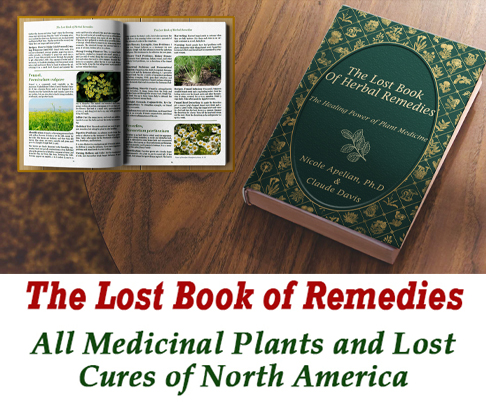
I truly believe that he knew what he was talking about when he said “Let food be thy medicine, and let medicine be thy food.” -Hippocrates
That is one of the reasons why we love our gardens here at Yardibles, but i also believe that there is a place for wild plants in our diets and medicine cabinets as well. I would love to hear what your favorite wild plants (foods) are.


